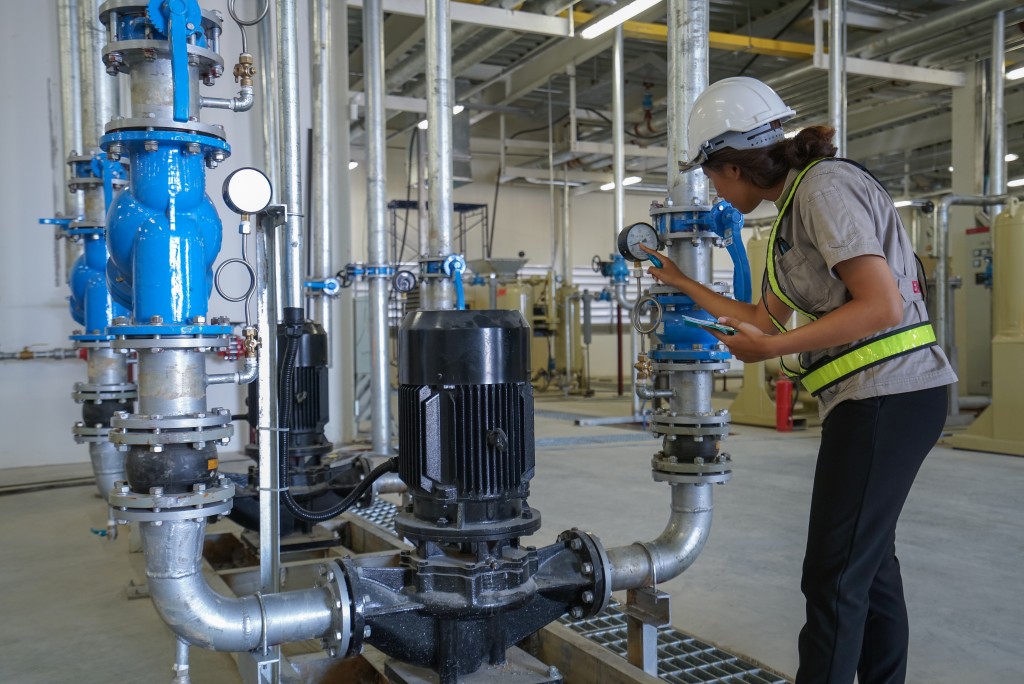A man’s tools are his livelihood. No matter what his work is, it is essential to keep these tools functional. A malfunctioning device can spell disaster to its wielder and those around him. That’s why it is critical to understand the different types of pumps and their use. Depending on what kind of pump it is, its purpose and what liquids it handles changes. Knowing the different types of pumps will help you differentiate between the types of pumps there are, and tell its intended function.
THE TYPES OF PUMPS
There are two major categories of pumps, further split down into more. There are dynamic and positive displacement pumps. Dynamic pumps work by increasing flow velocity and using a rotating impeller to move liquids into the pump. Working primarily with kinetic energy, it pressurizes the fluid and causes it to flow freely.
Positive displacement pumps deliver a fixed amount of liquid by expanding and contracting the area in question. Like a bottle being squeezed, this pressurizes the fluid and causes it to flow outward. These pumps are further divided into many smaller types.
DYNAMIC PUMPS
Dynamic pumps are also called kinetic pumps and are either centrifugal or vertical. Centrifugal pumps are based on their flow direction, suction type, and mechanical construction. For flow direction, a radial flow pump discharges fluids at right angles. An axial flow pump does it parallel to the shaft axis, and a mixed flow pump does both at the same time.
Vertical pumps hinge on whether they’re line shaft pumps, submersible pumps, or horizontally mounted axial flow pumps. Line shaft pumps have their driver installed on the discharge head of the motor. Submersible pumps are close coupled pumps on a submersible motor and designed to be submerged and placed underwater. Horizontally mounted axial flow pumps are constructed in parallel shaft lines.
DISPLACEMENT PUMPS
Positive displacement pumps meanwhile, can be reciprocating pumps, rotary type pumps, or pneumatic pumps. Reciprocating pumps either use a plunger or piston.
Rotary pumps depend on how many rotors they use. They’re single rotor pumps or multiple rotor pumps. Meanwhile, pneumatic pumps rely on the type of ejector.
These different pumps have practical uses and are dependent on your intended purpose. Pumps, after all, aren’t only used for water. They’re also used to transport food, oil, and other materials.
THE PRACTICAL USE OF PUMPS IN EVERYDAY LIFE

Food-grade pumps, for instance, are clean enough to be used for brewing and baking. Pharmaceutical pumps are meant to mix medicine, and there are even pumps used for daily life.
Some pumps are created to regulate the flow of your drainage. Others are made exclusively for water regulation. There are pumps used to extract oil from the ground, and some pumps are used for filtering liquids. There are even pumps in your car meant to facilitate water cooling and fuel injection.
With all that said, these pumps all have a practical purpose, and while their use is mostly behind the scenes, their importance today cannot be understated.







